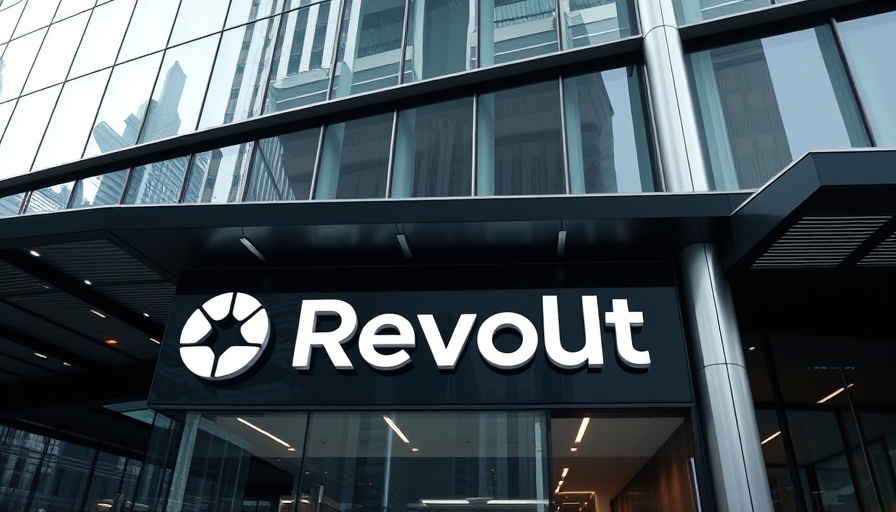
Understanding the Financial Landscape for Small Businesses
Every successful business starts with an idea, but transforming that vision into a thriving enterprise demands investment. The right funding allows owners to not only stay afloat during tough times but also to fuel growth and innovation. Yet, navigating the variety of funding options available can be daunting—especially for new entrepreneurs. In this article, we’ll explore the essential funding avenues small businesses can consider, helping you set the stage for future success.
Assess Your Funding Needs Before Diving In
The first step in seeking funding is understanding your specific financial requirements. Developing a detailed business plan is crucial; it outlines capital needs, operational costs, and long-term goals. Knowing your expenses helps you avoid taking on too much debt or settling for insufficient funds. Make sure to include not only startup costs like equipment and permits but also ongoing operational expenses such as rent and salaries. Setting aside a contingency fund can provide a buffer for unexpected costs, ensuring your business is adaptable when challenges arise.
Navigating Common Funding Options: What Works for You?
Once you have a clear picture of your financial landscape, it's time to evaluate your funding options. Small businesses typically consider personal savings, loans, grants, credit cards, and investments. Each choice comes with its own set of pros and cons:
- Personal Savings: This avoids debt but requires you to put your own finances on the line.
- Loans: They offer complete control but come with repayment terms and interest.
- Grants: Non-repayable funds are a boon, yet they often come with stringent eligibility criteria.
- Investors: They can provide significant capital for equity but may seek a say in business operations.
Understanding these options will empower you to choose the best path for your business needs.
Exploring Innovative Funding Avenues
Beyond conventional methods, think outside the box by exploring alternative funding sources. Crowdfunding platforms like Kickstarter and GoFundMe have opened doors for many entrepreneurs, allowing them to raise small amounts of money from a large number of people. Additionally, you might consider partnerships or strategic alliances with companies that align with your business.
Future Growth: Aligning Funding with Your Vision
As you strategize your funding approach, remember to align it with your long-term business objectives. Your choice of financial backing should reflect not only where your enterprise is today but also where you envision it in the coming years. This alignment fosters sustainable growth and can simplify decision-making as you move forward.
Actionable Insights for Business Owners
For CEOs and CFOs looking to optimize funding strategies, make informed decisions with these actionable insights:
- Seek Professional Guidance: Enlist the help of a CPA or financial advisor to navigate the complexities of business finance.
- Diversify Funding Sources: Don’t rely solely on one funding source; a diversified portfolio like grants and loans can mitigate risks.
- Set Specific Goals: Flesh out short-term and long-term financial goals which will impact your funding choices.
These tools will equip you to take charge of your financial future confidently.
Closing Thoughts: Take the Next Step
Funding your small business can be a challenging journey, but understanding your options and setting clear goals can lead you to successful outcomes. Start exploring these funding avenues today to set your enterprise on a path to growth. If you're looking to dive deeper and gain tailored insights on crafting your funding strategy, reach out for expert advice.
 Add Row
Add Row  Add
Add 



Write A Comment